

growing food + community: youth
urban agriculture as resilience
faculty: Associate Professor Julie Johnson, PLA, ASLA
CLEAN GREENS YOUTH GARDEN VISIONS | AUTUMN 2024
This UWLA 404 studio addressed design of urban agriculture that centers youth learning and agency to advance food justice and resilience in a changing climate. Landscape Architecture undergraduate and graduate students worked with two nonprofits that engage BIPOC youth in growing food and learning in community—Clean Greens, with their youth garden at Amy Yee Tennis Center; and iUrban Teen, with their youth garden at Rainier Community Center—both of which hold potentials to expand their gardens. The Landscape Architecture students’ diverse visions serve as catalysts for community conversations towards what may be next steps in the Clean Greens Youth Garden.
This document contains the students’ proposals for Clean Greens Youth Garden at Amy Yee Tennis Center. Clean Greens’ interest in expanding their current garden at this site framed the studio’s design focus imagining alternative futures broadly and boldly as well as more immediate, incremental changes that groups can undertake themselves.
The studio’s iterative process included: visiting the sites and meeting with Youth Garden and UFS leaders; exploring local precedent gardens with leaders of those gardens; design charrette; design workshop with garden leaders and others; mid-review presentations with faculty, design professionals, and site leaders; and December 4 open house/final presentations at Rainier Beach Urban Farm and Wetlands Classroom Building that engaged design professionals, gardeners, and youth with the students’ ideas.
Our December 4 project presentations afforded us the opportunity to share design ideas with and learn from youth from the Rainier Beach High School Garden Club and children from Emerald City Commons. Youth Garden leaders, RBUFW and Bradner Gardens Park leaders, and design professionals also joined in conversations and feedback. This exuberant, energized afternoon with children, youth, and others provided diverse insights on the ideas shown on the students’ posters and videos, and how design can engage all in the possibilities of more just and resilient futures.
We appreciate all who shared insights and feedback in our Clean Greens’ Youth Garden design process, including:
Christina Chambers, Clean Greens Farm & Market
Brione Scott, Clean Greens Farm & Market
Paris Yates, Seattle Parks & Recreation Urban Food Systems (UFS) Manager
Montez McGee, Seattle Parks & Recreation Urban Food Systems (UFS) staff
Jess Chandler, 21 Acres Farm
Sasha Crawford, UW MLA student, UW Farm staff
rich desanto, Haddad|Drugan and UW Landscape Architecture affiliate faculty
Joyce Moty, Bradner Gardens Park
Aaron Parker, HBB Landscape Architecture
Maggie Rickman, Tilth Alliance
James Wohlers, Traction Design + Action + Research
Vincent Javet, UW Landscape Architecture Assistant Teaching Professor
Eli Wheat, UW Program on the Environment Associate Teaching Professor + UW Farm Advisory Committee co-chair
growing food + community:

CLEAN GREENS YOUTH GARDEN VISIONS
These UW Landscape Architecture LARCH 404 studio garden visions are shared to serve as a catalyst for continued community conversations towards what may be next steps in the Clean Greens Youth Garden.
If you have questions, please email Julie Johnson at jmjsama@uw.edu
If portions are reproduced outside this document, please include attribution of: Student name(s)
University of Washington Department of Landscape Architecture LARCH 404 studio | faculty: Associate Professor Julie Johnson Autumn Quarter 2024
Thank you!
faculty: Associate Professor Julie Johnson, PLA, ASLA
THE SPROUT CYCLE FARM
CLEAN GREENS
“PRODUCE TO THE PEOPLE”
Created in 2007, Clean Greens is a nonprofit organization operated by The Black Dollar Days Task Force. Clean Greens operates out of the New Hope Baptist Church located in the Central District in Seattle, WA. Their goals include brining organic food to under served communities in the area as well as promoting youth education and advocating for food justice. Clean Greens believes in hands on education, sustainable agriculture systems, and improving inner city food systems.
https://www.cleangreensfarmmarket.com/
THE SPROUT CYCLE FARM
The Sprout Cycle Farm design proposal offers short and long term ideas geared towards supporting Clean Greens and their mission. The farm hopes to educate young kids about regenerative agriculture practices through offering agency and opportunity. The site would aid Clean Greens in production, distribution, and exploration.
THE FARM’S GOALS
EMPOWER CHILDREN & TEENS TO LEARN SELF AGENCY
CREATE SPACE FOR UNDER SERVED COMMUNITIES
PROMOTE REFLECTION & REMEMBRANCE
FOSTER INTERACTIONS OF DIVERSE AGE GROUPS
FOSTER A CLOSED LOOP FARM
INTRODUCE YOUTH TO EXPERIENTIAL LEARNING
PRACTICE PERMICULTURE PRACTICES
ENCOURAGE KIDS TO TEACH PARENTS

SOURCE: GOOGLE EARTH
BOOST POLLINATOR RATES
REUSE WATER
TEACH PRACTICAL SKILLS
EMPLOY INDIGENOUS WAYS OF LEARNING
CREATE INEXPENSIVE HANDMADE PROJECTS
EMPLOY LOCAL ARTISTS AND COMMUNITY
OPERATE SUCCESSFUL CSA
UTILIZE FARM FOR PRODUCTION




































































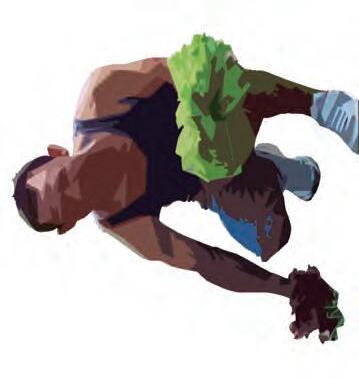
THE SPROUT CYCLE FARM
































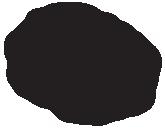
















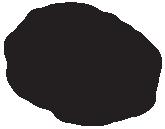


SHORT TERM DESIGN PROPOSAL












































































































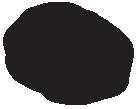














































The Sprout Cycle Farm’s short term vision utilizes inexpensive, do it yourself project that can employ youth and their families. These include willow weaving, and bee house making. This plan essentially flushes out the necessities of the urban farm as well as its first few steps through phasing. The long term design does build on the short term plan.
CROSS






































































THE SPROUT CYCLE FARM
LONG TERM DESIGN PROPOSAL



The Sprout Cycle Farm’s long term design offers opportunities for experiential learning for youth and their families. It values hands on learning and observation as it showcases ecological and agricultural practices through landscape interaction. The design offers more growing space than the short term design as well as meandering stream, prairie, and forest habitat with valuable ecotones.
GROWING CLEAN GREENS YOUTH FARM
AT AMY YEE TENNIS CENTER
SITE CONTEXT


PARTNER GOALS
A NEARER FUTURE: 1-5 YEARS



CLEAN GREENS FARM & MARKET YOUTH PROGRAM
The Clean Greens’ Youth Program’s main goal is to “decrease disparities in our community’s overall health, food education, and food access” through a “hands on education program where youth ages 5-21 learn the value of healthy living and of earth sustainability concepts.” https://www.cleangreensfarmmarket.com/youth
SEATTLE PARKS & REC URBAN FOOD SYSTEM PROGRAM
The SPR’s Urban Food System Program aims to “encourage healthy and active lifestyles, steward parkland for long-term sustainability, support the local food system to build community and cultural placemaking, and increase environmental stewardship.” https://www.seattle.gov/parks/about-us/plans-and-reports/urban-food-programs
SPR URBAN AGRICULTURE CAMPUS DEVELOPMENT PROJECT
The SPR’s Urban Agriculture Campus Development Project at Amy Yee Tennis Center and Martin Luther King Jr. Memorial Park will bring “healing gardens and enhanced park spaces...that promote solidarity strengthen community, and support healthy and sustainable living.” https://engage.seattleparksandrec.com/en/projects/UFS-Campus
CHANGING LAND USES


GROWING CLEAN GREENS YOUTH FARM






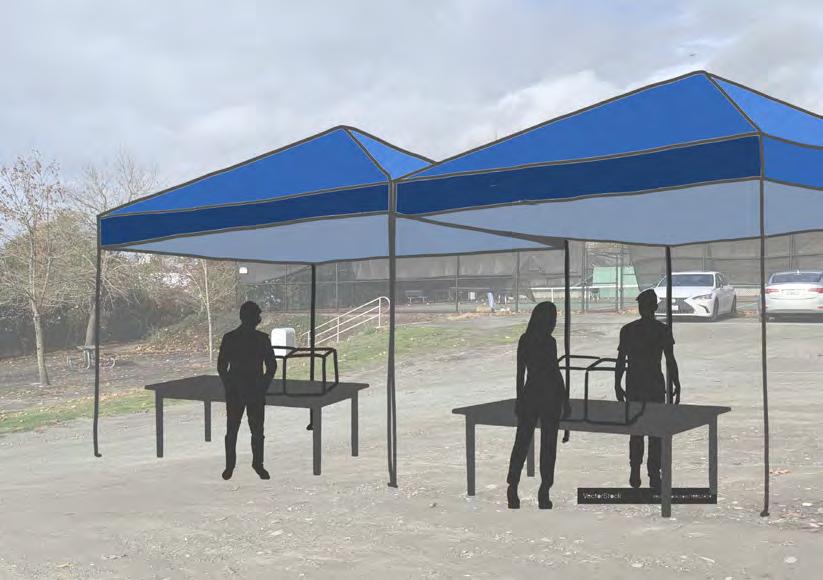




ANNUALS
COLLARD GREENS, SWISS CHARD, LETTUCE, KALE, TOMATOES, CORN, CUCUMBERS, CARROTS, BEANS, ETC.
PERENNIALS
BLUEBERRY, SALAL, RASPBERRY, SALMONBERRY, ELDERBERRY, HUCKLEBERRY, STRAWBERRY, OSOBERRY, PACIFIC BLACKBERRY, SEABERRY, BLACK CURRANT, KIWI, CHAMOMILE, GRAPE, RHUBARB, ASPARAGUS, NASTURTIUM, GARLIC, WILD LEEK, ARTICHOKE, FRENCH SORREL, WATERCRESS, SWEET POTATOES, ROSEMARY, THYME, OREGANO, SAGE, MINT, CAPERS, ETC.
SMALL TREES
FIG TREE, HAZELNUT TREE, BAY LAUREL TREE, MEDLAR TREE, ETC.
TREES
PLUM TREE, WALNUT TREE, APPLE TREE, STRAWBERRY TREE, PEAR TREE, QUINCE TREE, CHERRY TREE, ETC.
GROWING CLEAN GREENS YOUTH FARM AT AMY YEE TENNIS CENTER
A FARTHER FUTURE: 5-20 YEARS
FARTHER FUTURE SITE ELEMENTS



TERRACES AT THE SOUTH FARM PLOTS
CULTIVATING COMMUNITY at AMY YEE TENNIS CENTER



































































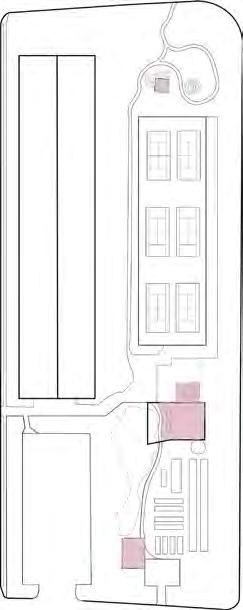


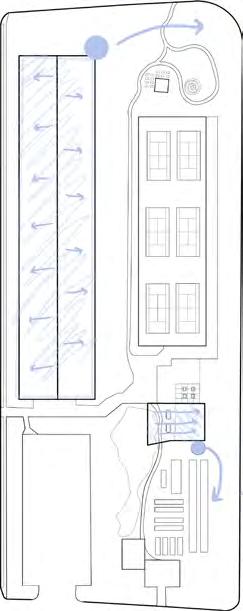





Blue to Green: Cultivating Cycles of Growth & Renewal
Legend:
Analysis & Takeaways
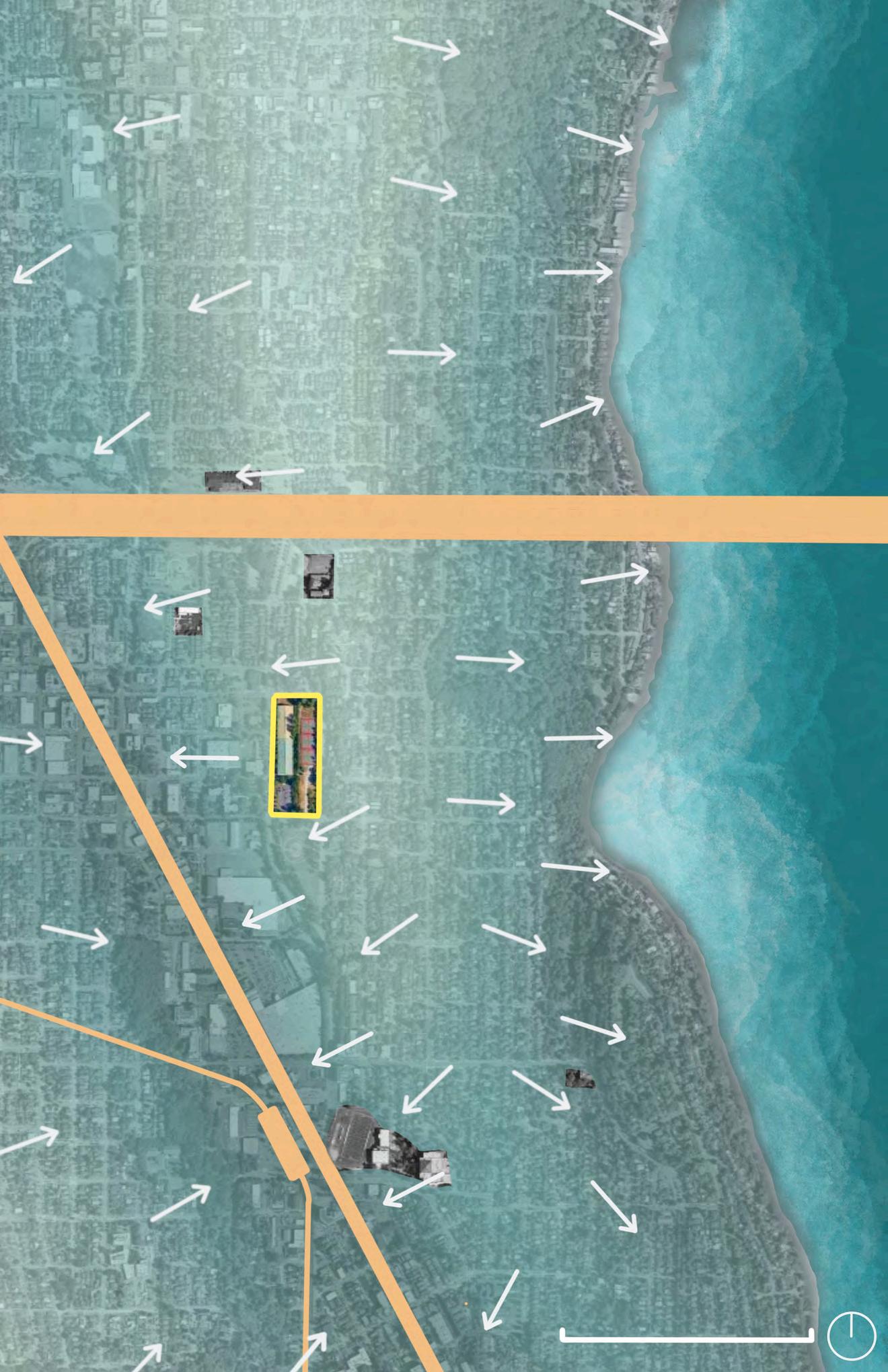




Topography: The east-to-west slope requires runoff management and accessible design.
Existing Impervious Surfaces: These surfaces prevent water infiltration, increasing runoff and erosion on slopes, while heat retention contributes to localized warming that impacts nearby plant growth.
Rainy Climate: Plan for rainwater harvesting and seasonal adaptability, using the courts as winter greenhouses to maintain year-round functionality.
Proximity to Schools: Close to schools, making it ideal for youth education in gardening and sustainability.
Urban Location: In eco-focused Seattle, the site can model urban agriculture and sustainability.
Project Goals
Implement Closed-Loop Systems
Maximize Seasonal Use and Site Efficiency
Promote Youth Education on Sustainable Systems.
Create a Community-Focused, Interactive Green Space
Provide Accessible, Scenic Connectivity








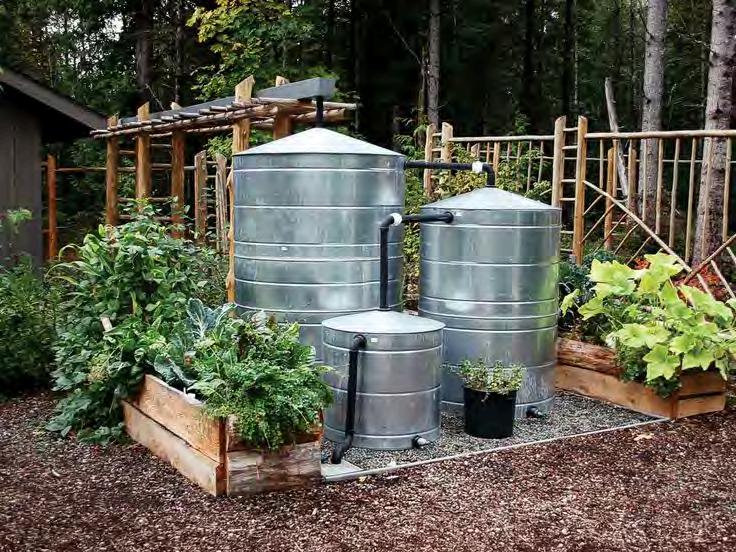















Blue to Green: Cultivating Cycles of Growth & Renewal
Short Term Project: Building Clean Green’s
Identity




Short Term Goals
by Joey Cruse


Establish and Build a Clear Identity for Clean Greens
Incorporate Interpretive Art and Signage Made by Youth
Create a Covered Space for Youth to Gather
Reorganize and Designate Specific Garden Plots on Site
Create a Space for Wash/Pack Station & CSA Pickup









Blue to Green: Cultivating Cycles of Growth & Renewal
by Joey Cruse
Long Term Project: Establishing Closed Loop Systems


Long Term Goals






Establish Bioswales Throughout the Slopes of the Site
Regrade Unstable Lots to Terraced Slopes
Establish Plants that will be Incorporated Into the Site
Create a Space for the Residential Community to Garden
Implement Various Art and Interactive Play that Teaches Youth About Sustainablity











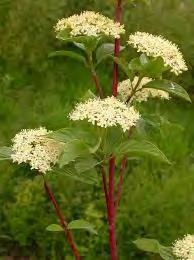






Top of Slope (Dry Zone)
Mid Slope (Moderate Moisture)
Bottom of Slope (Wet Zone)
